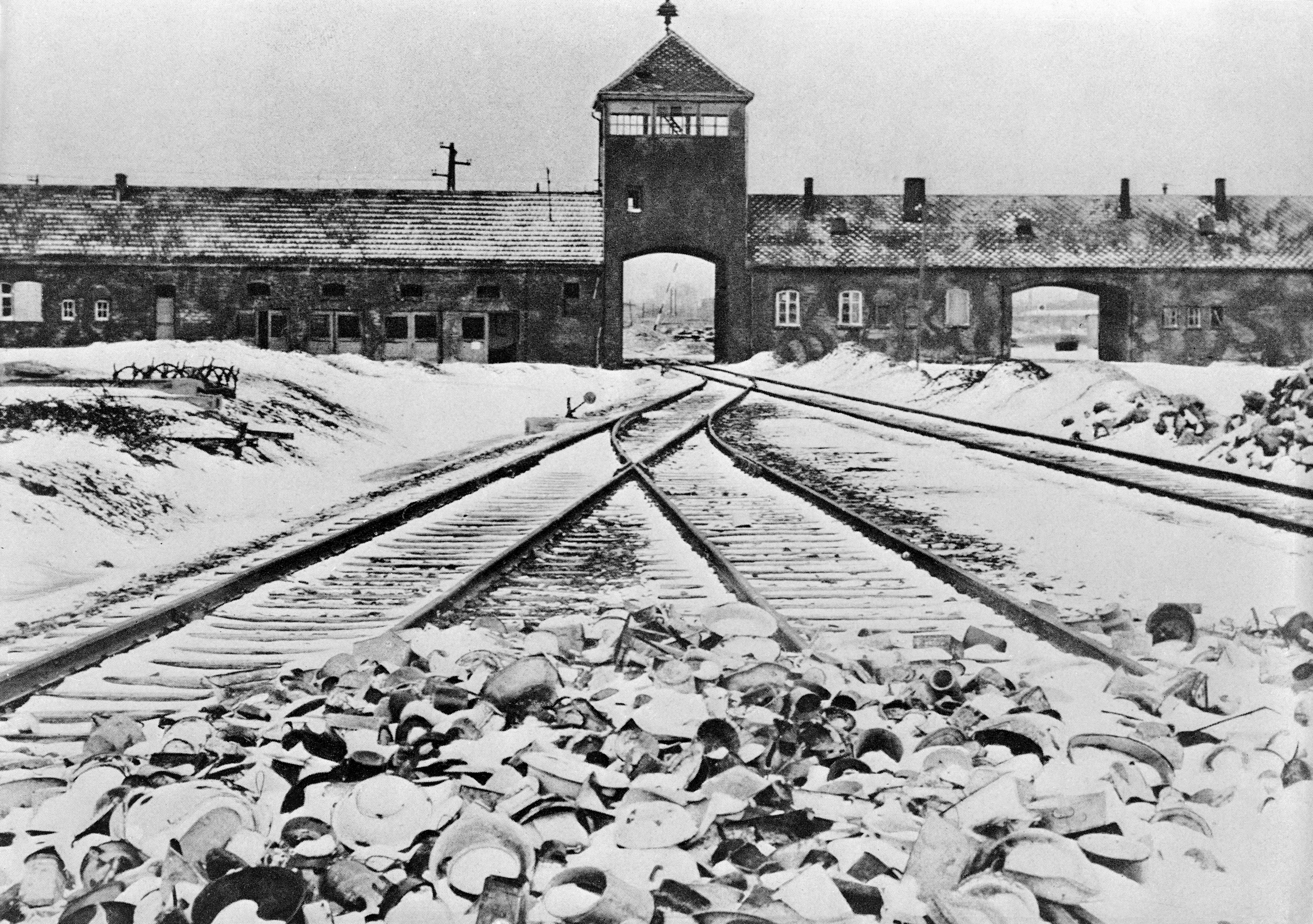A recent TikTok trend has drawn the ire of many, as users—mostly teens—were found to be uploading clips of themselves participating in what was dubbed the #holocaustchallenge. In the brief clips, users can be seen portraying Holocaust victims—painting fake bruises on their faces and wearing clothes that Jewish prisoners were forced to wear by Nazi guards.
One TikTok user, her face painted ghostly white, can be seen saying “I died by gas chambers in Auschwitz.”
Another, with faux bruises on her face, writes “yeah, so i died in the holocaust, 1941.”
The alarming trend has received significant backlash online and garnered a nuanced, if not forceful, statement from the Auschwitz Memorial Museum.
The ‘victims’ trend of TikTok can be hurtful & offensive. Some videos are dangerously close or already beyond the border of trivialization of history.
But we should discuss this not to shame & attack young people whose motivation seem very diverse. It’s an educational challenge. pic.twitter.com/UC7lM6gudj
— Auschwitz Memorial (@AuschwitzMuseum) August 31, 2020
“The ‘victims’ trend on TikTok can be hurtful & offensive. Some videos are dangerously close or already beyond the border of trivialization of history,” the museum tweeted out on Friday, August 28.
“But we should discuss this not to shame & attack young people whose motivation seem very diverse. It’s an educational challenge…We cannot allow vilifying, shaming, and attacking the young people who may have some something in the wrong way as the aftermath,” the museum cautions.
Speaking to Newsbeat BBC, a TikTok spokesperson stated that the social media platform has added new guidelines that bans “hate speech content that targets any individual or group on the basis of protected attributes.”
In the past week the site has also “preemptively blocked users’ ability to search for #holocaustchallenge earlier this week and we are also redirecting any searches for this hashtag to our Community Guidelines to further educate users,” the spokesperson said.
According to TikTok’s website, more than 380,000 videos were removed since the start of 2020 for violating the social media platform’s hate speech policy, but it also acknowledges “these numbers don’t reflect a 100% success rate in catching every piece of hateful content or behavior, but they do indicate our commitment to action.”
During the Holocaust, six million European Jews were murdered, with more than one million people perishing at Auschwitz between the years of 1940-1945. Anti-Semitism is on the rise in Europe, with the European Union’s Fundamental Rights Agency finding in 2018 that “89% of Jews living in Austria, Belgium, Denmark, Germany, France, Hungary, Italy, The Netherlands, Poland, Spain, Sweden, and the UK feel anti-Semitism has increased in their country over the past decade, while 85% believed it to be a serious problem.”
For the Auschwitz Memorial Museum, despite the trivialization of genocide, education versus condemnation is key. The Holocaust “always demands respect towards the victims, proper language and context as well as factual accuracy,” the museum writes. “Educators should work with young people to present the facts and stories but also teach and discuss how to commemorate in a meaningful and respectful way.”





